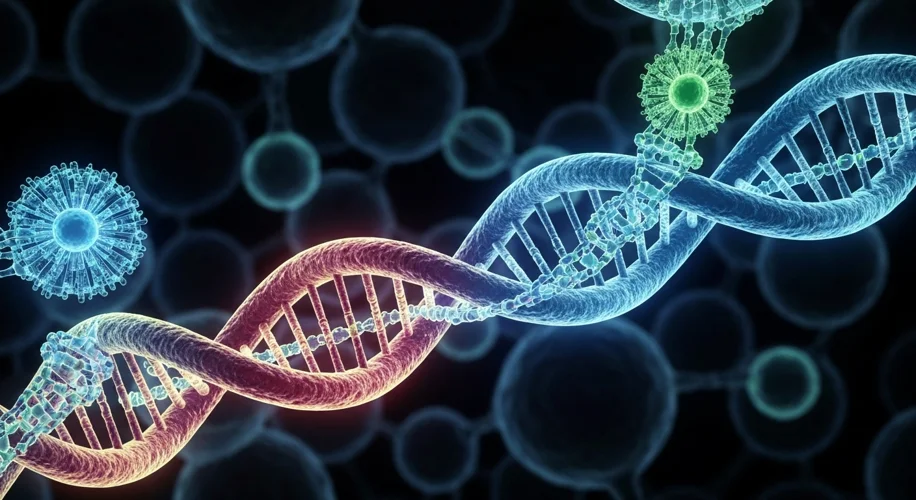Did you know that the DNA packed inside every single one of your cells is incredibly long? If you stretched it out, it would be about 2 meters (nearly 7 feet) long! Now, imagine cramming all of that into a tiny nucleus, which is only about 6 micrometers wide. It’s like trying to fit a very long piece of string into a thimble – a lot of careful folding and management is needed.
This is where topoisomerases come in. They’re like the master organizers of our DNA.
What Exactly Do Topoisomerases Do?
Think of DNA as a twisted ladder, the famous double helix. When cells need to do anything with this DNA – like replicate it for cell division or read the instructions to make proteins – that helix needs to be unwound and untangled. As the DNA is being processed, it can get supercoiled and knotted up, much like a phone cord that’s been wound too tightly. If these knots aren’t resolved, the whole process grinds to a halt, which is obviously not good for the cell.
Topoisomerases are enzymes that solve this problem. They can cut one or both strands of the DNA, allow the DNA to untangle, and then reseal the break. It’s a bit like temporarily snipping a knot in a rope, untwisting it, and then tying it back together seamlessly.
Prokaryotes vs. Eukaryotes: Different Cells, Different Needs
While the basic job of topoisomerases is the same across all life forms, there are some fascinating differences in how they manage their DNA, particularly between simple cells (prokaryotes) like bacteria, and more complex cells (eukaryotes) like those in plants and animals.
- Prokaryotes: These cells have a simpler structure. Their DNA is usually a circular molecule located in the cytoplasm, not enclosed in a nucleus. They typically have fewer topoisomerases, often just one or two main types (like Gyrase and Topoisomerase I), which are essential for managing the supercoiling that happens as the circular DNA is replicated and transcribed.
- Eukaryotes: Our cells, being more complex, have their DNA organized into linear chromosomes, tightly wound around proteins called histones, all housed within the nucleus. This complexity requires a more sophisticated set of topoisomerases. Eukaryotes generally have several types, including Topoisomerase I, II, III, and IV. These enzymes are crucial not just for unwinding during replication and transcription, but also for processes like chromosome condensation, DNA repair, and ensuring that when a cell divides, each new cell gets the correct set of chromosomes.
Why This Matters
Understanding how topoisomerases work is more than just cellular biology trivia. Because these enzymes are so vital for DNA processes, they are also targets for many medications. For instance, certain antibiotics work by interfering with bacterial topoisomerases, effectively stopping bacterial growth. Similarly, some chemotherapy drugs target human topoisomerases to prevent rapidly dividing cancer cells from replicating their DNA.
So, the next time you think about the intricate processes happening inside your body, give a nod to these molecular maestros – the topoisomerases, working tirelessly to keep our genetic code in order.

